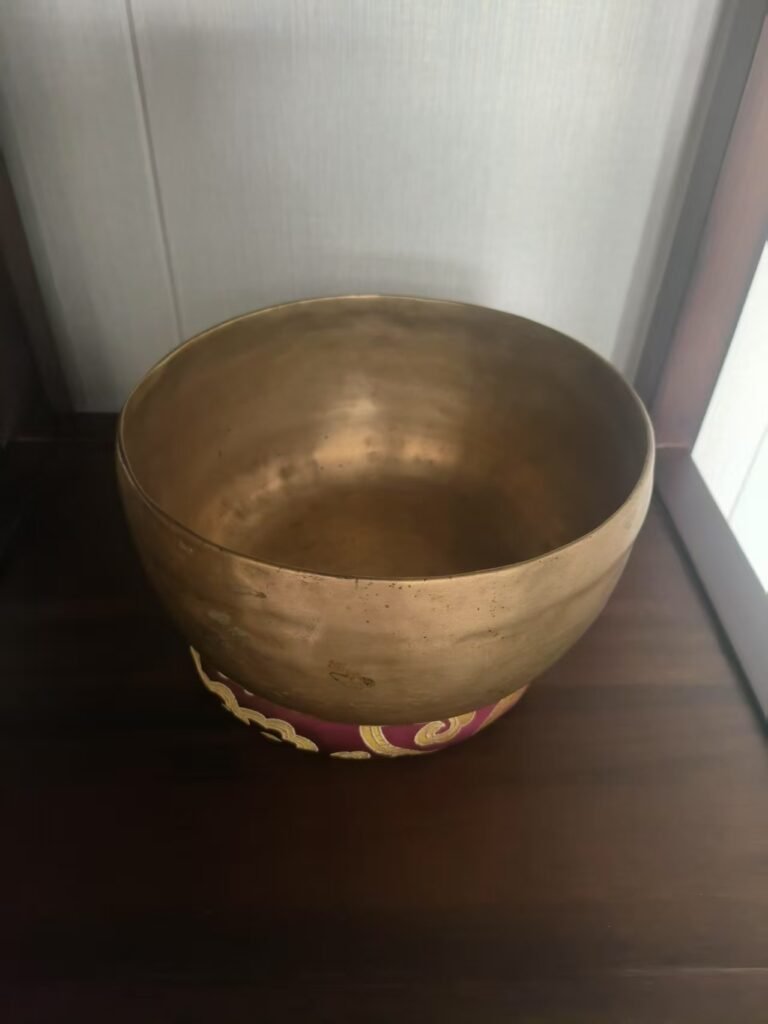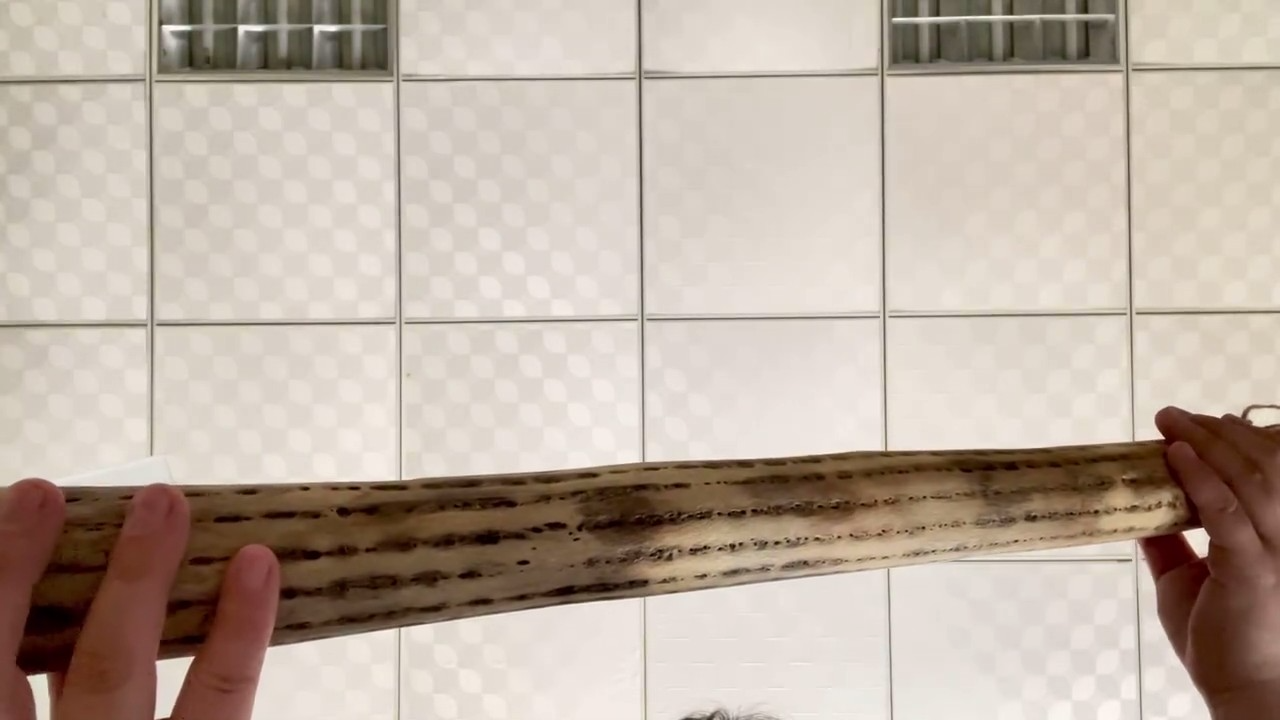Singing bowls represent one of humanity’s most enduring spiritual technologies, transcending cultural boundaries and historical epochs to maintain relevance across thousands of years. These remarkable instruments embody the intersection of metallurgy, acoustics, spirituality, and healing arts, demonstrating how ancient wisdom continues to serve contemporary needs for wellness, meditation, and consciousness exploration.
The journey from ancient ritual objects to modern therapeutic tools illustrates dynamic cultural transmission and adaptation, showing how traditional practices evolve while maintaining essential spiritual and healing functions. This widespread adoption across diverse cultures reflects fundamental human responses to specific acoustic experiences that transcend cultural conditioning while serving universal needs for healing and spiritual connection.

Ancient Origins and Early History
Archaeological evidence suggests that metal bowls with resonant properties emerged during the Bronze Age, approximately 3,000-4,000 years ago, in the mountainous regions of present-day Tibet, Nepal, and northern India. Early discoveries demonstrate sophisticated metallurgical knowledge and intentional acoustic design that distinguish them from purely utilitarian vessels, indicating deliberate creation for sound-producing purposes.
The development of bronze-working technology provided the foundation for creating alloys with specific acoustic properties, enabling ancient craftspeople to experiment with metal compositions that produced sustained, harmonious tones. These developments required understanding of both metallurgy and acoustics that suggests sophisticated technological and cultural knowledge among ancient mountain peoples.
The geographic distribution of early singing bowls corresponds to major trade routes and cultural exchange corridors, suggesting these instruments spread through networks of commerce, religious transmission, and cultural contact rather than developing independently. This pattern indicates early recognition of singing bowls’ value across different cultural contexts.
Traditional seven-metal alloys represented sophisticated metallurgical knowledge combining practical acoustic considerations with spiritual symbolism. The seven metals—gold, silver, copper, iron, tin, lead, and mercury—corresponded to celestial bodies and carried astrological significance that enhanced the bowls’ spiritual power and cultural meaning.
Traditional Religious and Spiritual Uses
Tibetan Buddhist Applications
Monastic communities throughout Tibet incorporated singing bowls into daily religious practices, using them as timing signals for meditation periods, accompaniment for chanting, and focal points for contemplative practice. The bowls’ clear, sustained tones helped establish sacred space and supported collective practice by providing acoustic cues that unified group activities.
Meditation practices utilizing singing bowls developed sophisticated techniques for using sound as an object of concentration, with practitioners learning to follow the bowl’s tone from initial strike through gradual fade into silence. This practice developed sustained attention while providing insight into the impermanent nature of phenomena, supporting fundamental Buddhist teachings.
Therapeutic applications within Tibetan medicine integrated singing bowls with traditional diagnostic and treatment methods that understood illness as energetic imbalance requiring restoration of harmony between body, mind, and environment. Buddhist medical traditions recognized sound as a powerful tool for rebalancing energy systems and supporting overall wellbeing.
Hindu Traditions
Vedic ritualistic applications incorporated metal vessels with resonant properties into fire ceremonies and religious observances that utilized sound’s power to invoke divine presence and facilitate spiritual transformation. These ancient practices established precedents for using sound instruments in religious contexts while developing theoretical frameworks that continue to influence contemporary applications.
Yoga practice integration combined singing bowls with physical postures, breathing techniques, and meditation methods to create comprehensive spiritual disciplines that addressed physical, mental, and spiritual development simultaneously. This holistic approach demonstrated understanding of sound’s capacity to enhance other spiritual practices.
Ayurvedic medical applications utilized singing bowls within traditional Indian healing systems that understood disease as energetic imbalance requiring restoration of natural harmony through various therapeutic interventions. Practitioners developed specific protocols for using sound therapy to address different constitutional types and health conditions.
Other Traditional Cultures
Shamanic traditions throughout Central Asia incorporated resonant metal vessels into healing ceremonies and spiritual journeying practices that utilized altered states of consciousness for therapeutic and divinatory purposes. These applications demonstrated universal recognition of sound’s power to facilitate consciousness change while serving healing functions.
Taoist practices integrated singing bowls with internal energy cultivation methods, meditation techniques, and longevity practices that sought to harmonize individual energy with natural cycles and cosmic forces. This integration reflected Taoist understanding of sound as a tool for aligning human consciousness with universal principles.
Medieval Development and Spread
Silk Road Transmission
Trade route networks facilitated the spread of singing bowl technology and knowledge across vast distances, with merchants, pilgrims, and travelers carrying both physical instruments and manufacturing knowledge between different cultural centers. These exchange networks created multiple centers of innovation and production while maintaining communication between distant communities.
Religious transmission through Buddhist missionary activities brought singing bowls to new regions along with religious teachings and practices, establishing monastic communities that preserved and transmitted traditional knowledge while adapting to local conditions. This religious transmission ensured continuity of traditional applications while enabling cultural adaptation.
Cultural exchange through diplomatic missions, scholarly exchange, and artistic collaboration introduced singing bowls to courts and cultural centers throughout Asia, where they influenced local artistic and spiritual traditions while gaining recognition for their aesthetic and functional qualities.
Regional Specialization
Tibetan highland specialization produced bowls adapted to high-altitude conditions with thicker walls and deeper tones that projected effectively in thin air while serving the specific needs of Tibetan Buddhist practices. These regional adaptations demonstrated sophisticated understanding of environmental factors and cultural requirements.
Nepalese mountain region development emphasized fine craftsmanship and artistic decoration that reflected the country’s position as a cultural crossroads where different traditions met and influenced each other. Nepalese artisans developed distinctive styles and techniques that balanced traditional functional requirements with aesthetic innovation.
Modern Era Transformations
19th-20th Century Changes
Colonial period disruptions affected traditional manufacturing and use patterns through political upheaval, cultural suppression, and economic disruption that threatened continuity of traditional knowledge and practice. These challenging periods tested the resilience of traditional practices while creating pressure for adaptation and innovation.
Cultural preservation efforts emerged in response to modernization pressures, with traditional communities and cultural advocates working to maintain traditional knowledge and practices while adapting to changing circumstances. These preservation efforts proved crucial for maintaining continuity of traditional applications and manufacturing knowledge.
Western Discovery and Acceptance
Early exploration accounts documented Western encounters with singing bowls through travel narratives, anthropological studies, and religious scholarship that introduced these instruments to Western audiences while often misunderstanding their cultural significance and proper applications.
Counterculture movement adoption during the 1960s brought singing bowls into Western spiritual seeking and alternative lifestyle movements that appreciated their non-Western origins and spiritual associations. This adoption created new markets while sometimes divorcing the instruments from their traditional cultural contexts.
New Age spirituality integration incorporated singing bowls into eclectic spiritual practices that combined elements from various traditions while adapting traditional instruments to contemporary spiritual needs and preferences. This integration expanded use while requiring careful attention to cultural sensitivity and authentic application.
Commercialization Development
Tourism market expansion in Nepal and Tibet created demand for singing bowls as souvenirs and cultural artifacts, generating income for local artisans while sometimes compromising quality standards to meet price competition and mass market demands.
International trade development established global distribution networks that brought singing bowls to worldwide markets while creating challenges for maintaining quality standards and cultural authenticity across diverse commercial contexts. This international expansion increased accessibility while requiring attention to consumer education and quality assurance.
Contemporary Application Areas
Sound Therapy and Healing
Professional sound therapy practice has developed systematic approaches to using singing bowls for therapeutic intervention, with certified practitioners creating treatment protocols that integrate traditional knowledge with contemporary understanding of sound’s healing effects. These professional applications require training in both traditional techniques and modern therapeutic approaches.
Medical institution integration brings singing bowls into hospitals, clinics, and healthcare facilities as complementary therapy options that support conventional medical treatment while providing additional healing resources for patients and families. This integration requires collaboration between traditional practitioners and medical professionals.
Treatment protocol development creates systematic approaches to using singing bowls for specific conditions and therapeutic goals while maintaining flexibility for individual customization and cultural sensitivity. These protocols support professional practice while providing frameworks for training and quality assurance.
Meditation and Mindfulness Practice
Personal meditation support utilizes singing bowls as focal objects for concentration practice, timing devices for meditation sessions, and tools for deepening contemplative experience. These personal applications enable individual practice while maintaining connection to traditional meditation methods and spiritual development goals.
Group meditation facilitation employs singing bowls to coordinate group practice, establish sacred space, and create collective experiences that enhance individual meditation while building community connections. These group applications require skilled facilitation while maintaining inclusive environments.
Online meditation platform integration brings singing bowl experiences to digital meditation applications and remote learning environments while maintaining the essential acoustic and spiritual qualities that make these instruments effective for contemplative practice.
Educational and Learning Environments
Early childhood education applications introduce singing bowls as tools for developing attention, emotional regulation, and sensory awareness in young children while creating positive associations with contemplative practice and cultural diversity.
School-based mindfulness programs integrate singing bowls into stress reduction, attention training, and social-emotional learning curricula that support academic achievement while promoting mental health and wellbeing. These school applications require teacher training while accommodating diverse cultural backgrounds.
Higher education research utilizes singing bowls in academic studies of music therapy, psychology, anthropology, and religious studies while providing hands-on learning experiences that enhance theoretical understanding.
Globalization Impact and Cultural Transmission
International Market Development
Global trade networks have established worldwide distribution systems for singing bowls while creating standardized commercial relationships that connect traditional manufacturers with international consumers. These trade networks enable economic opportunities for traditional artisans while requiring adaptation to international business practices.
Market segmentation development creates distinct product categories serving different consumer needs including therapeutic applications, spiritual practice, educational use, and decorative arts while enabling specialized production and marketing approaches.
Cultural Adaptation
Localization processes adapt singing bowl applications to different cultural contexts while maintaining essential therapeutic and spiritual functions that ensure effectiveness across diverse populations. These adaptations require cultural sensitivity while preserving authentic traditional knowledge.
Cross-cultural dialogue facilitates understanding between traditional practitioners and contemporary users while preventing cultural appropriation and supporting authentic transmission of knowledge and practice. This dialogue promotes mutual respect while enabling beneficial cultural exchange.
Knowledge Transmission
Traditional apprenticeship systems continue to transmit manufacturing skills and cultural knowledge through master-student relationships while adapting to contemporary circumstances and global communications. These traditional systems preserve essential knowledge while enabling innovation.
Modern educational approaches develop formal curricula and certification programs that document and transmit traditional knowledge while making it accessible to broader audiences through structured learning opportunities.
Digital documentation projects record traditional knowledge and practices through multimedia presentations and online resources while preserving cultural heritage for future generations.
Conclusion
The remarkable journey of singing bowls from ancient ritual objects to contemporary therapeutic tools demonstrates the enduring power of traditional wisdom to serve evolving human needs across cultural boundaries and historical periods. This transformation reflects both the preservation of essential knowledge and the creative adaptation that enables ancient practices to remain relevant in modern contexts.
The integration of traditional knowledge with contemporary research validates ancient understanding while revealing new applications and mechanisms that expand therapeutic possibilities and enhance professional credibility. This integration demonstrates compatibility between traditional wisdom and modern understanding while supporting evidence-based practice.
The global spread of singing bowl practice creates opportunities for cultural exchange and mutual learning while requiring careful attention to authenticity, cultural sensitivity, and proper application that honors traditional knowledge and serves contemporary needs appropriately.
For contemporary practitioners and users, singing bowls offer access to ancient wisdom and proven therapeutic methods while requiring commitment to proper learning, cultural sensitivity, and authentic application that honors traditional knowledge and serves genuine healing and spiritual development. Understanding the historical context and cultural significance of these remarkable instruments enhances their effectiveness while supporting responsible and respectful practice that preserves their value for future generations.
The continuing evolution of singing bowl applications reflects humanity’s ongoing quest for healing, meaning, and transcendence while demonstrating how traditional wisdom can adapt to serve contemporary needs without losing essential qualities and cultural significance.







